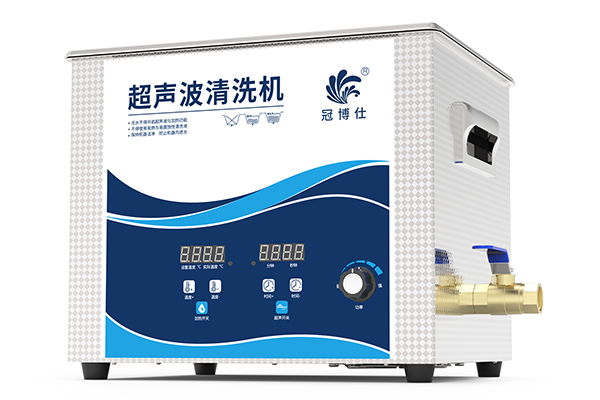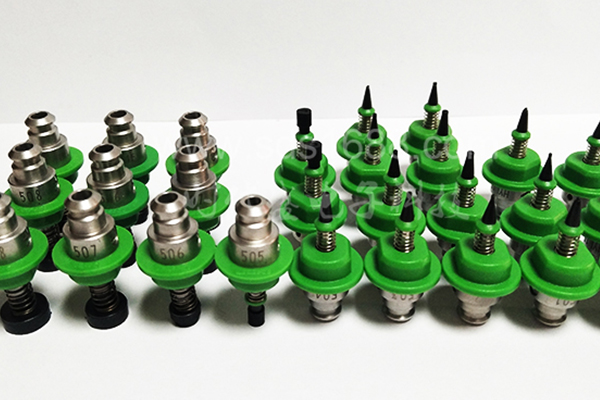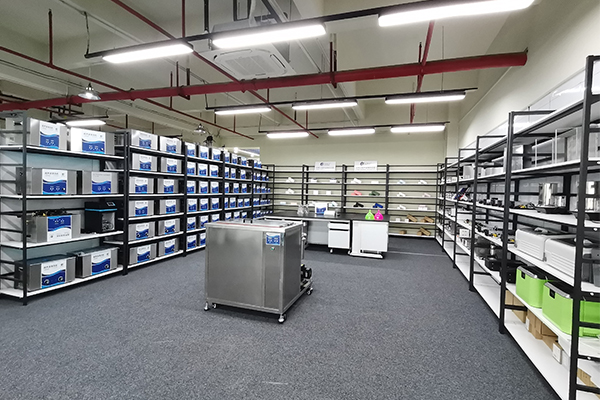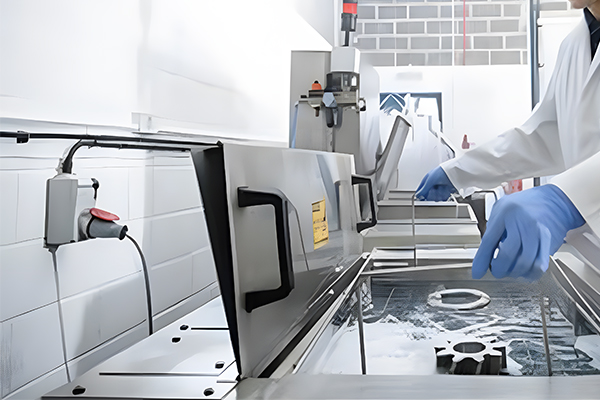Rubber products, known for their elasticity and durability, are widely used in industries, healthcare, electronics, and daily life. However, during production or usage, rubber products often accumulate contaminants such as grease, particles, and chemicals on their surfaces. Ultrasonic cleaning technology, with its efficient and thorough cleaning performance, has become an ideal choice for cleaning rubber products. So, which rubber products are suitable for ultrasonic cleaning?
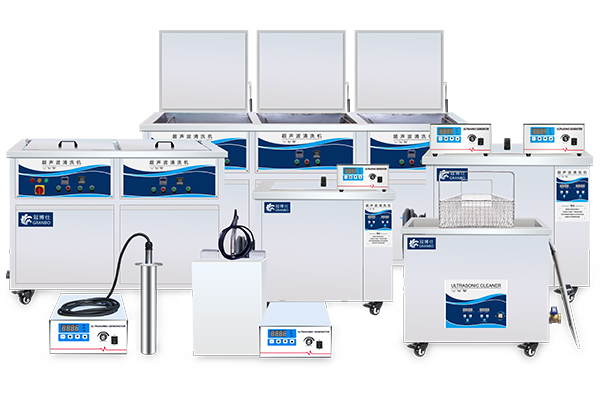
I. Rubber Products Suitable for Ultrasonic Cleaning
1.1 Industrial Seals
Rubber seals, O-rings, and other industrial sealing components often have residual machining debris, grease, and dust on their surfaces. Ultrasonic cleaning can deeply clean grooves, inner holes, and other hard-to-reach areas, ensuring the cleanliness required for optimal sealing performance.
1.2 Medical Rubber Components
Medical rubber components such as catheter seals, rubber gloves, and rubber accessories for medical devices require stringent cleanliness standards. Ultrasonic cleaners can effectively remove blood, medication residues, and other contaminants, preparing the components for subsequent sterilization processes.
1.3 Automotive Rubber Products
Including windshield wiper blades, anti-vibration pads, and rubber hoses, these components accumulate grease, sand, and chemical residues during use. Ultrasonic cleaning can quickly remove stubborn dirt without damaging the elasticity or structure of the rubber.
1.4 Rubber Parts in Electronic Devices
Keyboard dust membranes, cable protectors, and rubber buttons can be easily cleaned of tiny particles and dust attracted by static electricity using ultrasonic cleaning, ensuring optimal device performance.
1.5 Rubber Products in Daily Life
Such as silicone kitchenware and rubber components in sports equipment, ultrasonic cleaning can remove stubborn grease and restore a clean and fresh appearance.
II. Advantages of Ultrasonic Cleaning for Rubber Products
2.1 Deep Cleaning of Hard-to-Reach Areas
The cavitation effect of ultrasonic cleaning reaches into tiny gaps, inner holes, and complex structures, making it particularly suitable for intricately shaped components.
2.2 No Damage to Rubber Materials
Compared to mechanical cleaning, ultrasonic cleaning is gentle and efficient, avoiding surface wear or damage to the elasticity and durability of rubber.
2.3 High Cleaning Efficiency
Ultrasonic cleaners allow batch cleaning, significantly reducing cleaning time, especially suitable for rapid turnaround in industrial production.
2.4 Eco-Friendly and Safe
Using neutral or water-based cleaning agents, ultrasonic cleaning avoids chemical corrosion to rubber and reduces environmental pollution.
III. Precautions for Cleaning Rubber Products
3.1 Selection of Cleaning Solution
Prefer neutral cleaning agents to avoid corrosion or aging of rubber surfaces caused by strong acidic or alkaline solutions.
3.2 Temperature Control
Rubber materials are sensitive to temperature. It is recommended to set the ultrasonic cleaner’s temperature between 40°C and 60°C to prevent deformation caused by excessive heat.
3.3 Avoid Prolonged Soaking
While ultrasonic cleaning is suitable for rubber products, prolonged soaking may cause water absorption, swelling, or degradation of rubber performance.
3.4 Prompt Drying After Cleaning
Rubber products should be dried promptly after cleaning to avoid mold growth or dust adhesion due to retained moisture.
Ultrasonic cleaning technology, with its efficiency, safety, and eco-friendliness, provides an ideal solution for cleaning rubber products. Whether for industrial production or daily use, ultrasonic cleaning helps maintain the cleanliness of rubber products and extends their service life.

